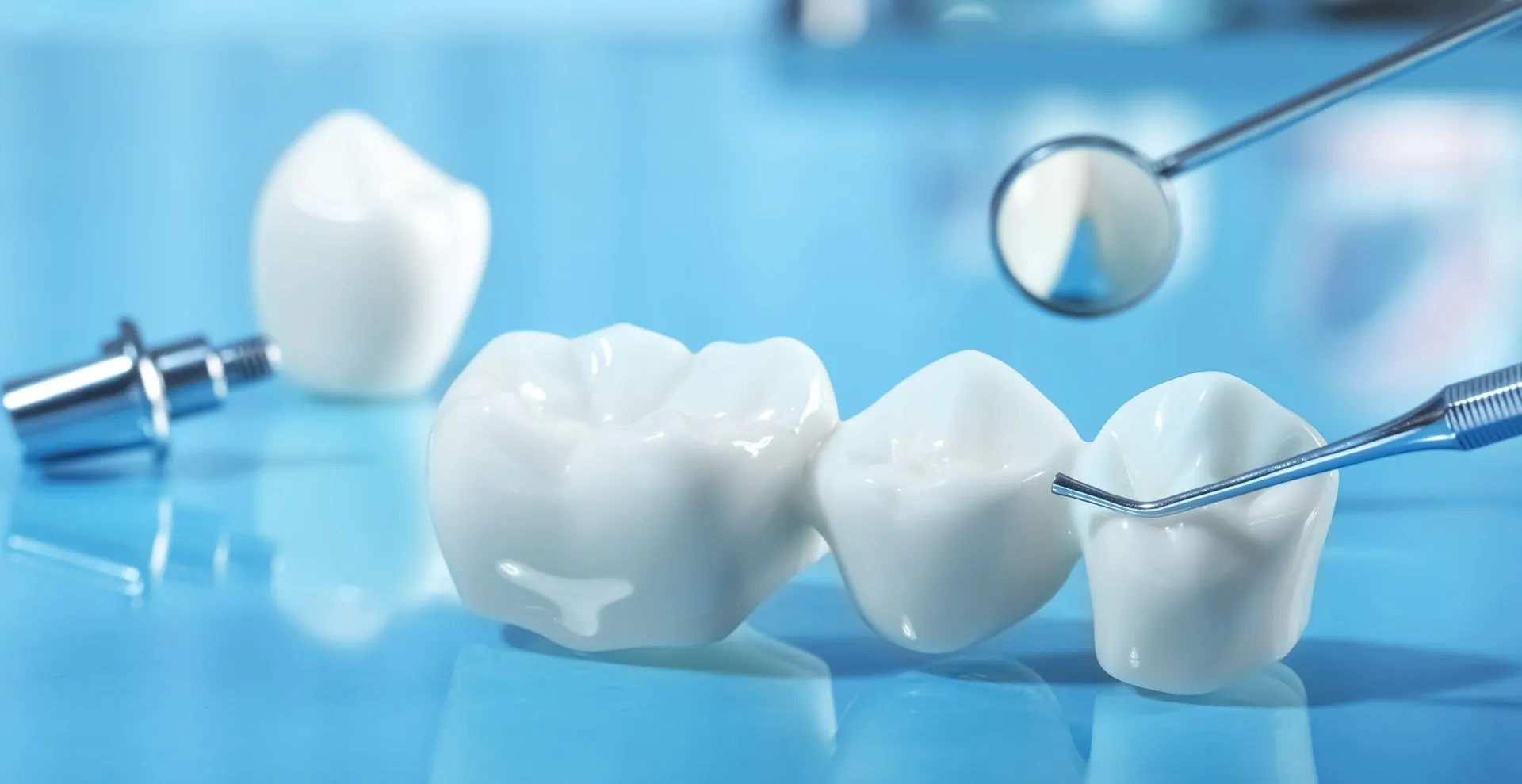Oral surgeries are common procedures that help address various dental and health issues. Whether you’re dealing with discomfort, repair needs, or preventive care, understanding these surgeries can help you feel more confident and prepared. Here are several typical types of oral surgery procedures, their applications, and what you might expect:
Full Mouth Reconstruction
Full mouth reconstruction involves a combination of dental procedures designed to restore both the function and appearance of your teeth. It is typically recommended for those with extensive tooth loss, severe decay, or dental trauma. Procedures included may range from dental crowns and bridges to implants and veneers. This approach not only enhances the strength of your teeth but also promotes better oral health overall. Recovery times depend on specific procedures.
Root Canals
Root canals are often performed to save a tooth affected by severe decay or infection. During this procedure, the dentist removes damaged pulp from inside the tooth, cleans the area, and seals it to prevent further infection. Root canals are generally straightforward and help alleviate pain caused by inflammation or an abscess. Most patients only experience mild discomfort during recovery, and any soreness typically resolves within a week.
Wisdom Teeth Removal
Wisdom teeth removal is a routine oral surgery, especially for teens and young adults. Wisdom teeth often grow improperly, becoming impacted or causing crowding in the mouth. This procedure involves extracting one or more of these teeth to reduce the risk of pain, infections, or alignment issues. Local anesthetics are usually used, and recovery lasts about a week for most individuals. To minimize swelling, it’s advised to stick to soft foods in the initial days.
Gum Grafts
Gum grafting surgery helps individuals facing gum recession, which exposes the sensitive roots of the teeth. This procedure involves taking tissue, often from the roof of the mouth, and attaching it to the affected gum area to protect the teeth. The benefits include reducing sensitivity, preventing further recession, and improving the appearance of your smile. Resting after the procedure and sticking to a soft diet helps promote healing over the course of a few weeks.
Bone Grafts
Bone grafting is a procedure designed to rebuild bone in areas where it has been lost. This surgery is often performed before getting dental implants, as enough bone structure is required to securely anchor the implants. Bone grafts may use material from your body, synthetic sources, or bone banks. Healing generally takes several months, as new bone must integrate with the existing structure. Although the process is gradual, the results provide a strong foundation for future dental work.
Tips for a Smoother Recovery
After any oral surgery, focusing on recovery is key to both comfort and results. Be sure to follow your dentist’s instructions closely and reach out to them if you experience unusual pain or complications. Here are some commonly recommended aftercare steps:
- Stick to soft foods, such as soups, smoothies, and mashed vegetables, for the first few days.
- Avoid vigorous activity or heavy lifting for the duration your surgeon advises.
- Keep the surgical site clean, but avoid aggressive brushing or rinsing. Use a saltwater rinse as directed.
- Follow the pain management plan recommended by your oral surgeon, which may include over-the-counter pain relievers.
Ask Your Dentist About Oral Surgery Options
From full mouth reconstruction to bone grafting, oral surgeries play a vital role in improving dental health and overall well-being. Each surgery is tailored to address specific needs while promoting a better quality of life. Schedule an appointment with a dentist to learn more about your options.


Leave a Reply